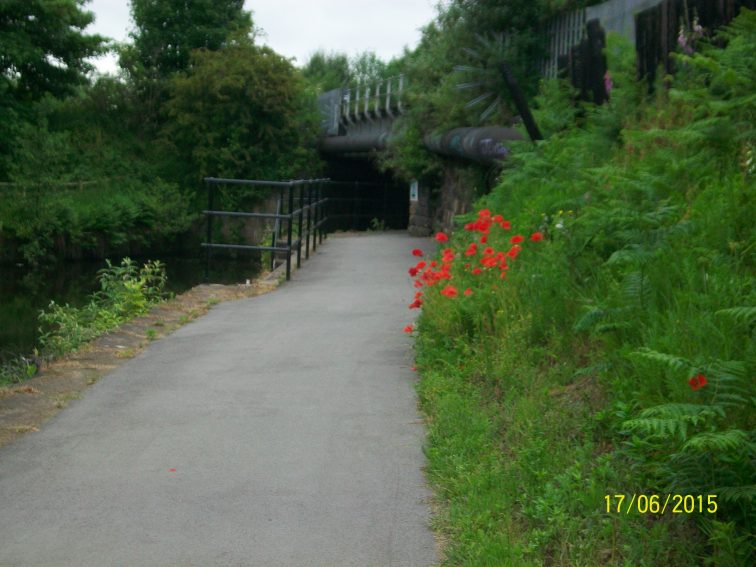
What Is a Story?
What is a Story? I walked yesterday from my home in Sheffield to a meeting in Rotherham and back again. A total of about 15 miles. The route is particularly pleasant, along the canal. It’s flat, a narrow corridor of trees and flowers between roads and industry. There’s even a very small farm that reminds me of a child’s model!
One thing I noticed was the intensity of colours. This time of year (early May) leaves are recently in bud and there’s lots of new flowers. May blossom opens, dandelions bright yellow and forget-me-nots – deep blue. In some sections the dandelions are a riot of yellow and in others spent, clocks, always something of a disappointment.
Walking for Health and Solitude
I see these things with fresh eyes. I’m aware of my age and whilst I could easily have another 20 years, my chances are not what they were when I was younger. I’ve adjusted my daily routine to walk for health reasons and I enjoy walking. My doctor, when I was first diagnosed with diabetes, recommended diet. “If it tastes sweet, don’t eat it”, he said. I lost about a third of my body weight because I found his advice worked for me. (He didn’t remember it!) Diet is how you lose weight, walking, any exercise, keeps you healthy.
Not just the changing scene and the details I note but also the sensation of walking is a pleasure, even when I tire, it is no problem keeping going. It is an opportunity to ponder, to solve problems. Work overwhelms when close up, to walk builds perspective and works out priorities.
My chosen arena for walking is the city. I enjoy the changing scenery, with the seasons and the time of day; changes I suspect many miss. I know many lesser known by-ways and how long it takes to walk to destinations across the city.
We all need times of solitude. Some people sit still and meditate. I’ve always found that difficult. For me it is the rhythm of walking that moves me to that state. Maybe it works for you too.
Story as Artefact
Keeping to the theme of aging, I used last time. This time I have taken a recent experience, it happened yesterday at the time of writing. Look closely at this story. What happened? I walked to Rotherham and back.
You could argue this is not a proper story. It lacks transformation. The journey and return did not bring about change. But look more closely, there is a deeper story about my experience of aging and how I respond to it.
Instead of telling how I responded to the diagnosis by taking up walking, I rooted the story in present experience. That sense of immediacy gives the story a different perspective from an account of my medical history. Could I say more about the amusing conversation with my doctor? Perhaps.
But let’s take a step back. I started with the recent experience of a long walk, aiming to build on the theme from last week. Note I set out to tell a story that aims to do certain things. It picks up the theme of aging and illustrates the idea of immediacy, telling the story from the present.
I didn’t think about aging as I walked yesterday. It is a theme I have superimposed on a recent experience. This is an important point. All storytelling is artificial. It has to be. You use the story to make a point that captures attention and is likely to be remembered.
Reproducing Experience
You cannot fully reproduce an experience. Many life experiences unfold over weeks, months or years. With 10 minutes tops to tell the story, you leave out most of it.
Emotional impact is even more troubling. Your audience cannot possibly experience what you experienced. If your story is about depression, for example, no-one can share months of suffering, not even remotely. So, what do you want them to experience?
Stories are about transformation, overcoming adversity. Your story is not about depression so much as what changed to bring you out of it and to the point where you can share the story. They cannot feel how you felt so you help them feel something else.
No Story has a Purpose
This is the beauty of storytelling. Our lives are full of events and mostly they are meaningless until we give them meaning. You tell a story to make a point by introducing meaning to the raw material. If you get them to work together, you have a story.
Stories amuse, entertain and make a point. Sometimes the point is from time immemorial or we retell with a different aim in mind. Sometimes we start with something fresh and uncover meaning as we work on it.
No story has a purpose. You have a purpose telling the story. The purpose makes the story compelling. Indeed, your purpose makes the story. There are loads of possible purposes and we’ll look at some next time.